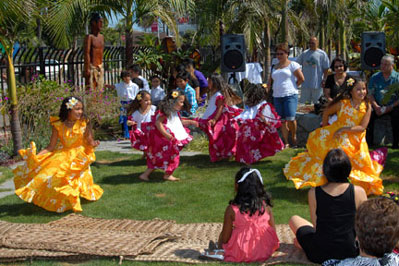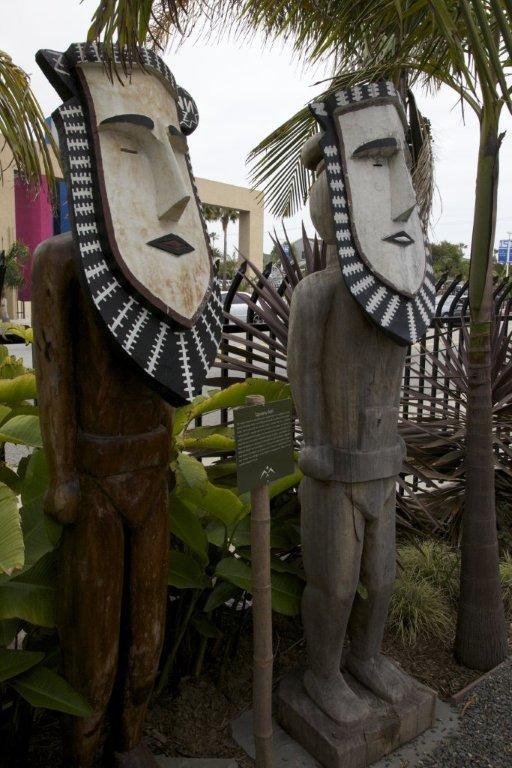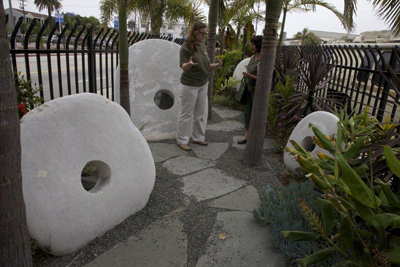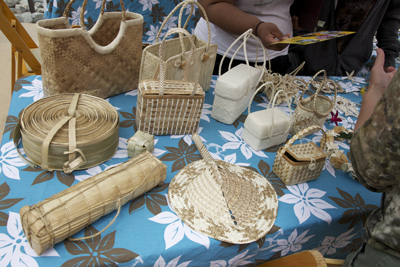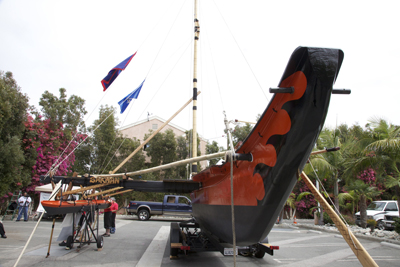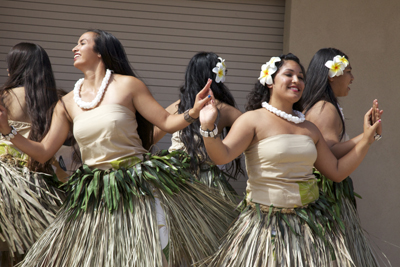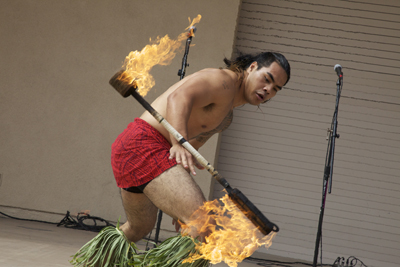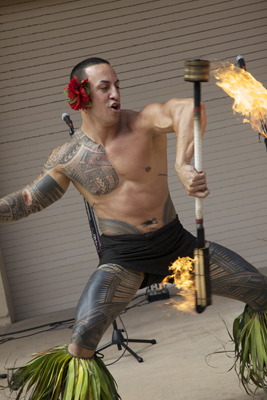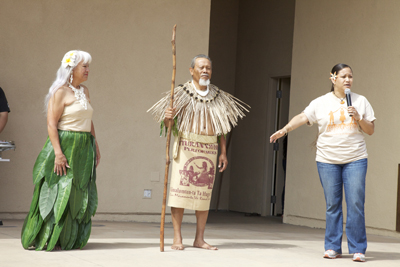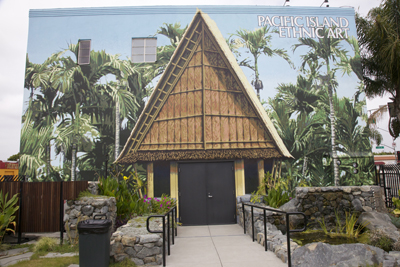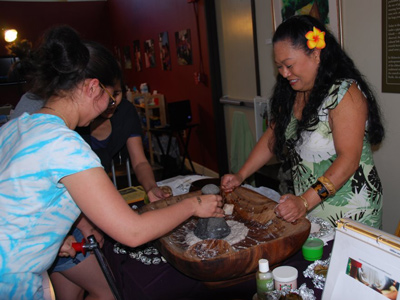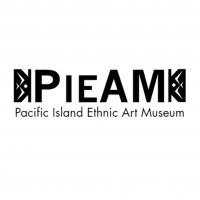
Pacific Island Ethnic Art Museum
Pacific Island arts and culture
Located in Long Beach, the Pacific Island Ethnic Art Museum (PIEAM) showcases the diverse cultures from the Pacific who call Southern California home, from the Marshallese to Ni-Vanuatu to Naurauan, and many other distinct nationalities. PIEAM’s mission is to generate interest in these diverse cultures and to educate varied audiences by bringing the beauty and culture of Pacific Island ethnic art to Southern California. PIEAM stays true to the heritage of the Pacific Islands, highlighting all forms of Pacific Island ethnic art. The museum opened in October 2010.
Living Cultures
2021
In 2021, a grant from ACTA’s Living Cultures Grant Program will support the MALI’E project, a series of interwoven projects centered around the traditional practice of collective chanting. Including a performance ritual, virtual gatherings of cultural practitioners, community workshops, and a culminating community ceremony, the projects will honor the stories of everyday Matao/Chamoru people and the complexities embedded in their approaches to cultural reclamation. Participants will collectively re-k/new culturally-specific traditions for community ceremonies for personal and collective healing.
As a grantee of ACTA’s Living Cultures Grants Program in 2011 and 2013, PIEAM received support for Pasifika Living Arts, an event showcasing multiple genres including dance, music, foodways, and material arts involving Southern California-based members of the Pacific Islander community. The event is steamed live for international viewing throughout the Pacific.
In 2012, support from ACTA’s Development Program allowed PIEAM’s Museum Director, Brenna Barrett, to participate in the Long Beach Nonprofit Partnership’s Nonprofit Leadership Institute.

